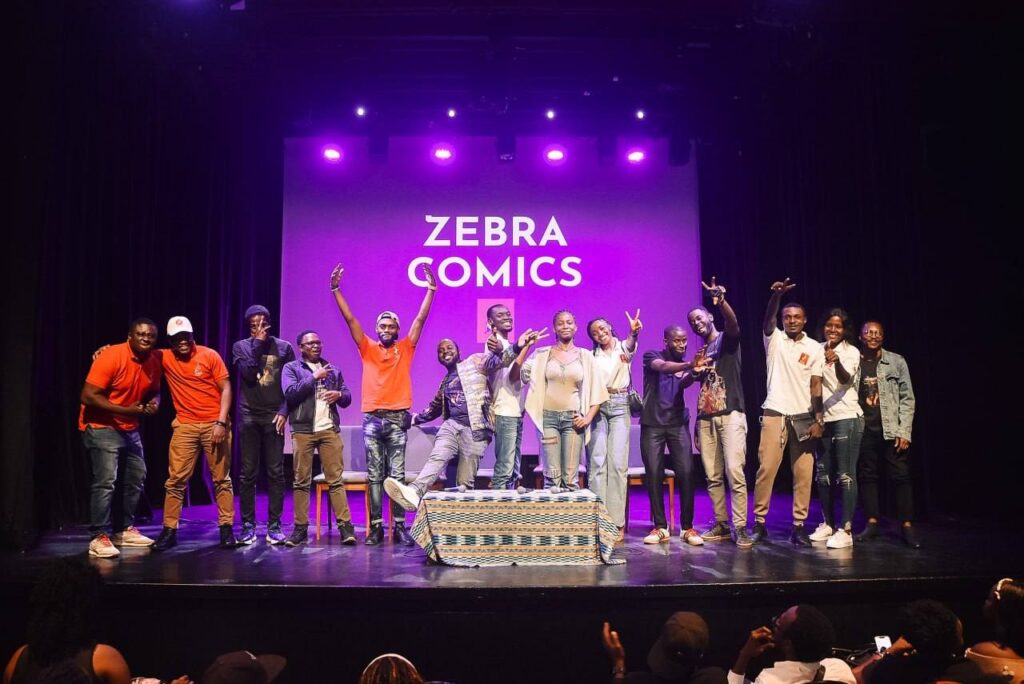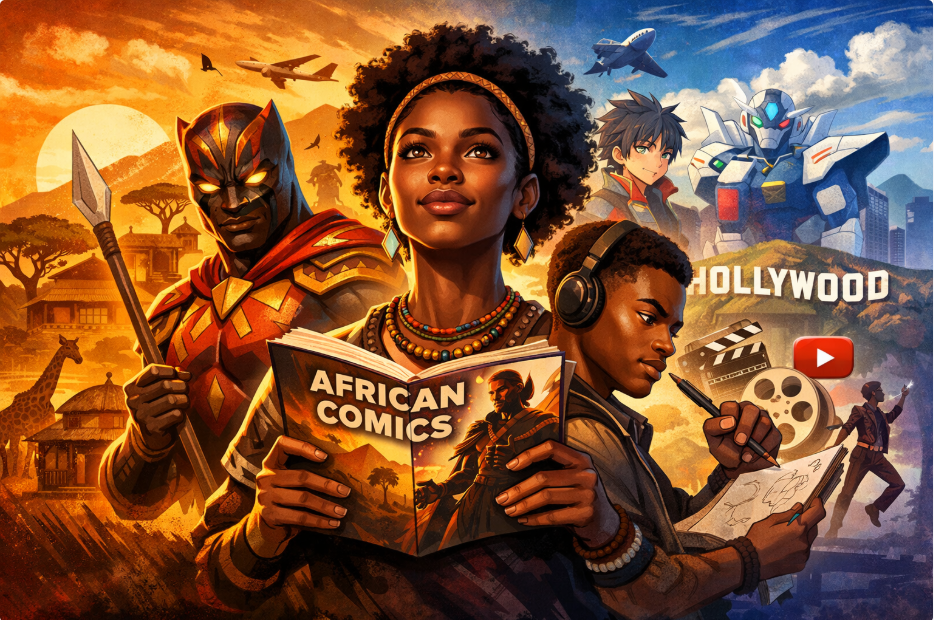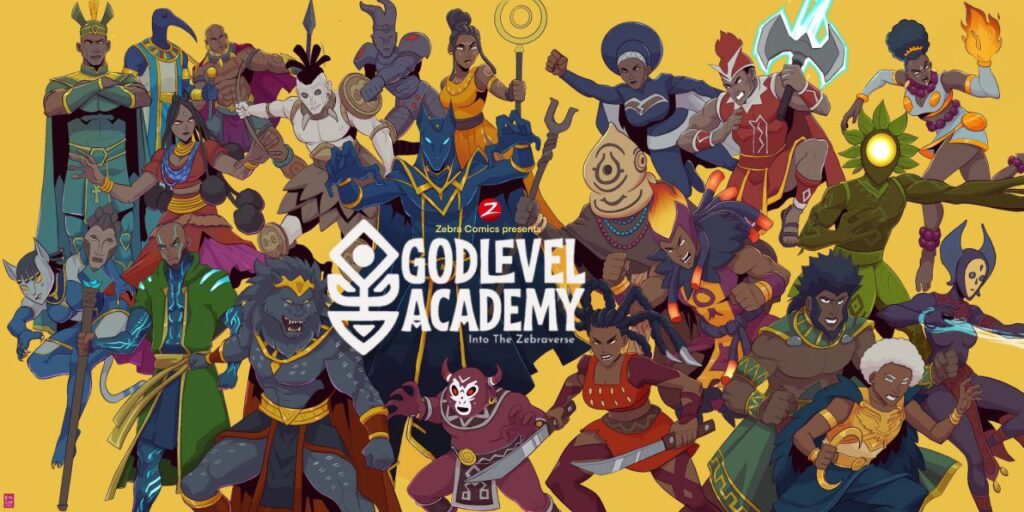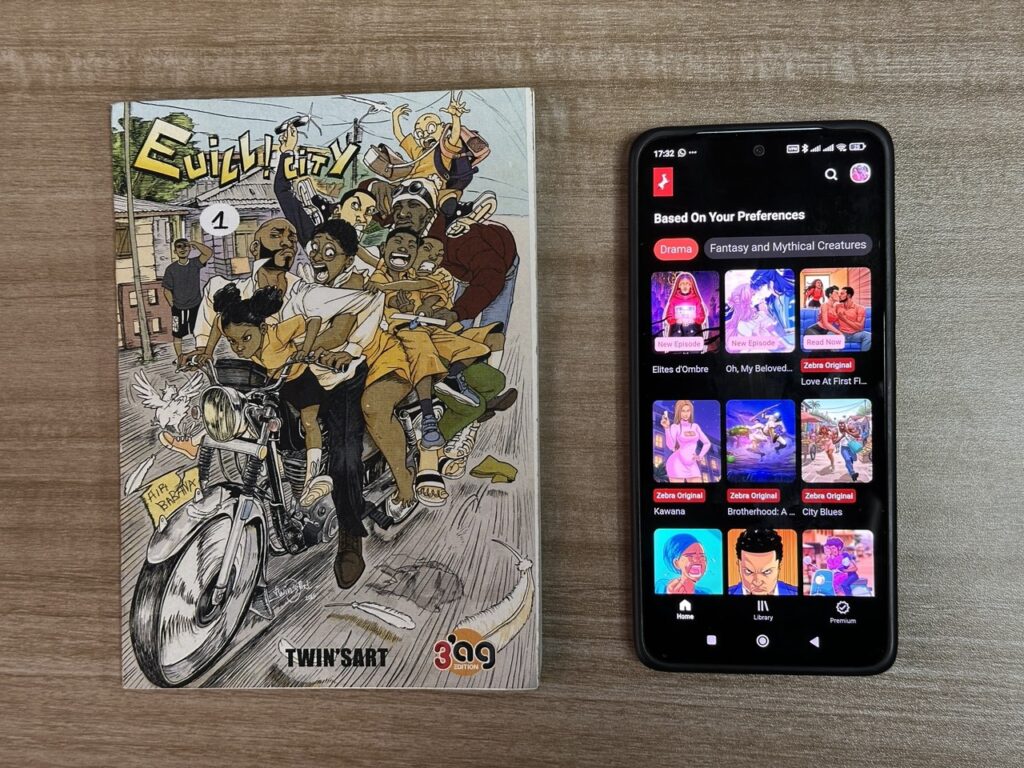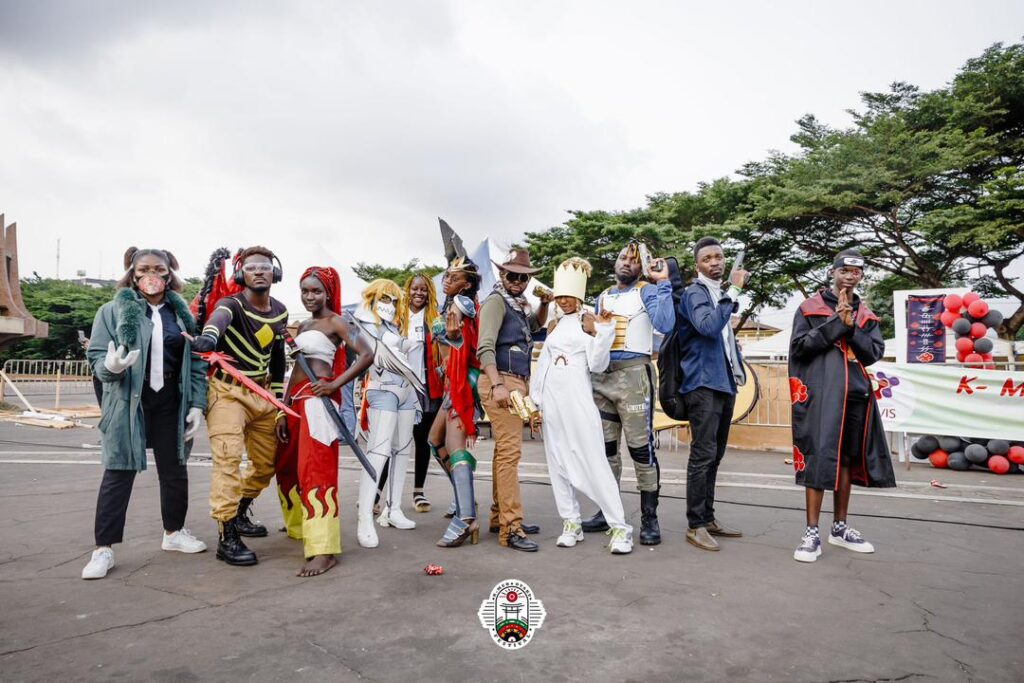Zebra Comics in 2025: A Year That Reshaped African Comics
A Year Defined by Progress, Not Noise 2025 was not a year of shortcuts or sudden miracles for Zebra Comics. It was a year of deliberate progress, steady expansion, and strategic positioning. While many creative initiatives struggle to survive beyond their early momentum, Zebra Comics focused on building something durable: a platform, an ecosystem, and […]
Zebra Comics in 2025: A Year That Reshaped African Comics Read More »

